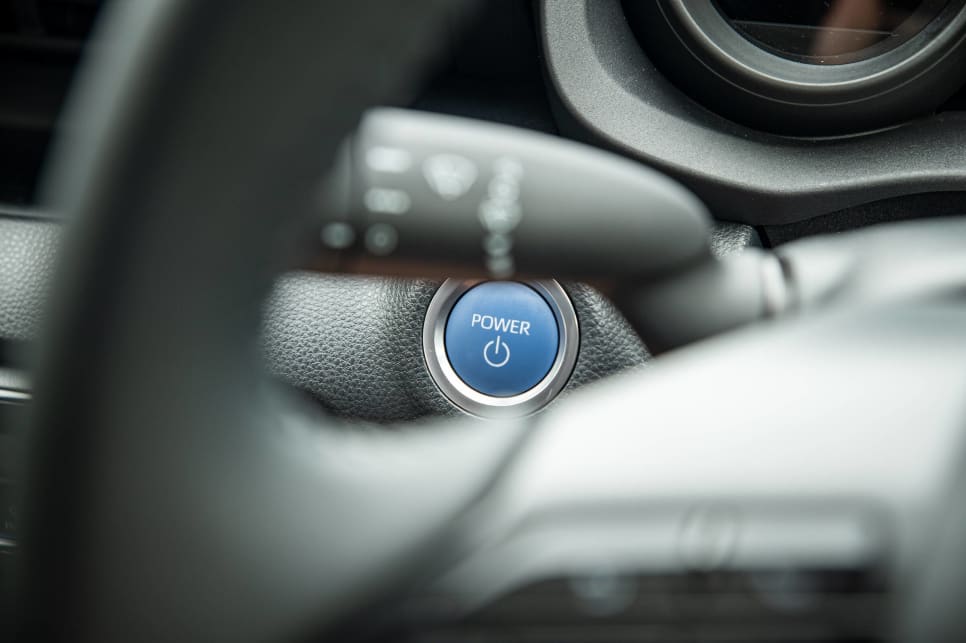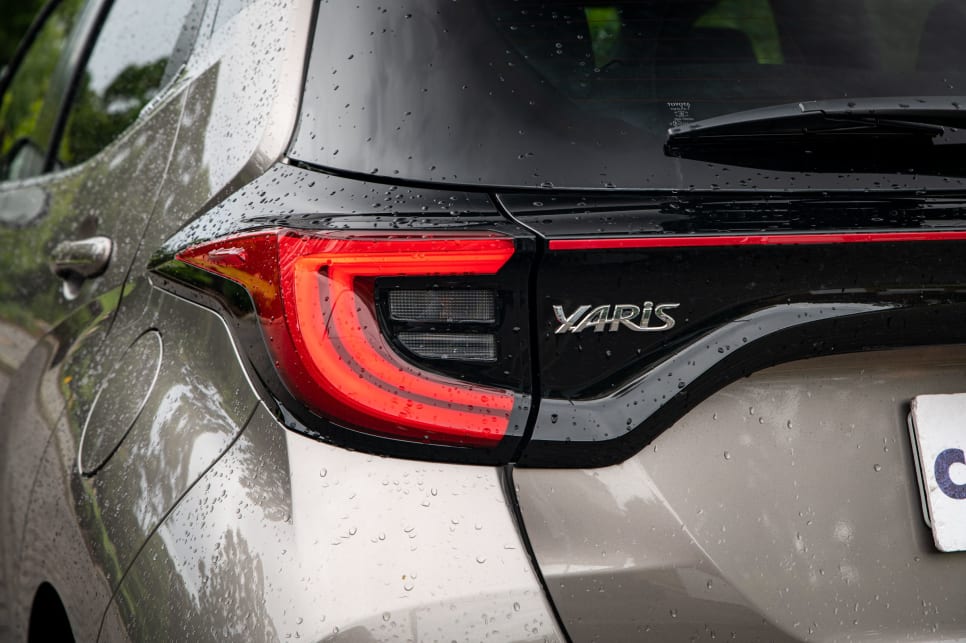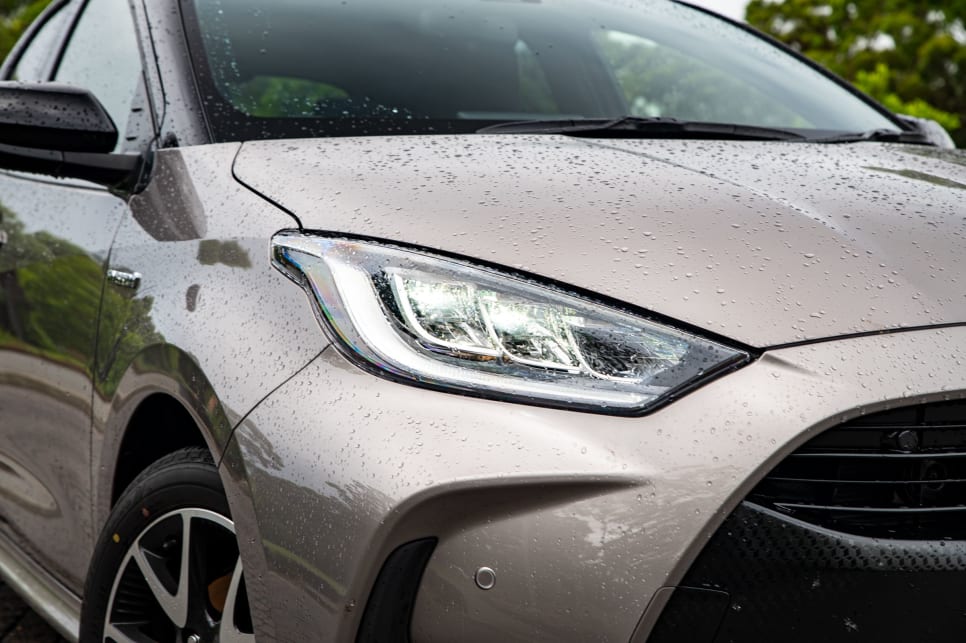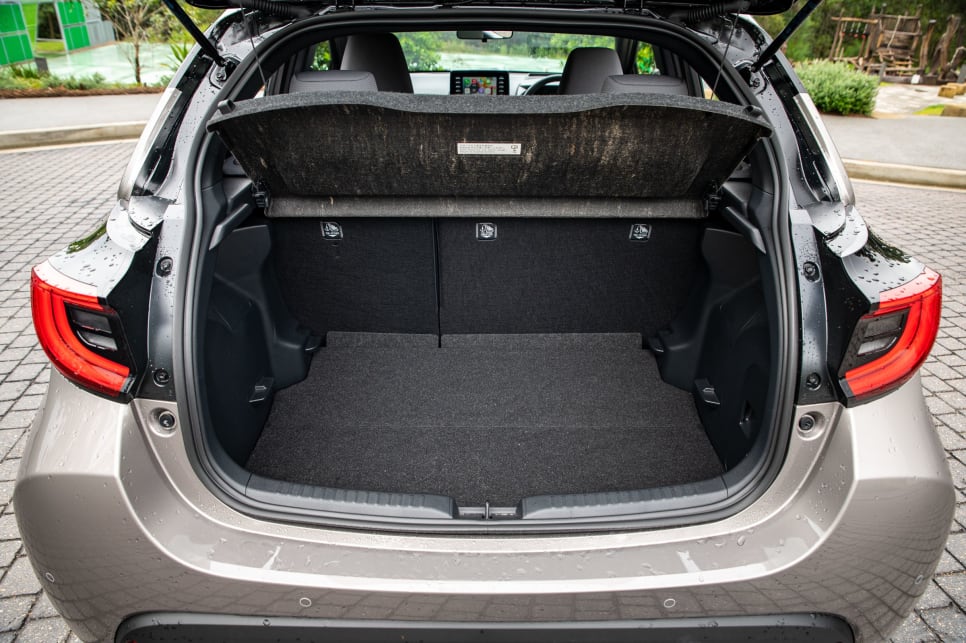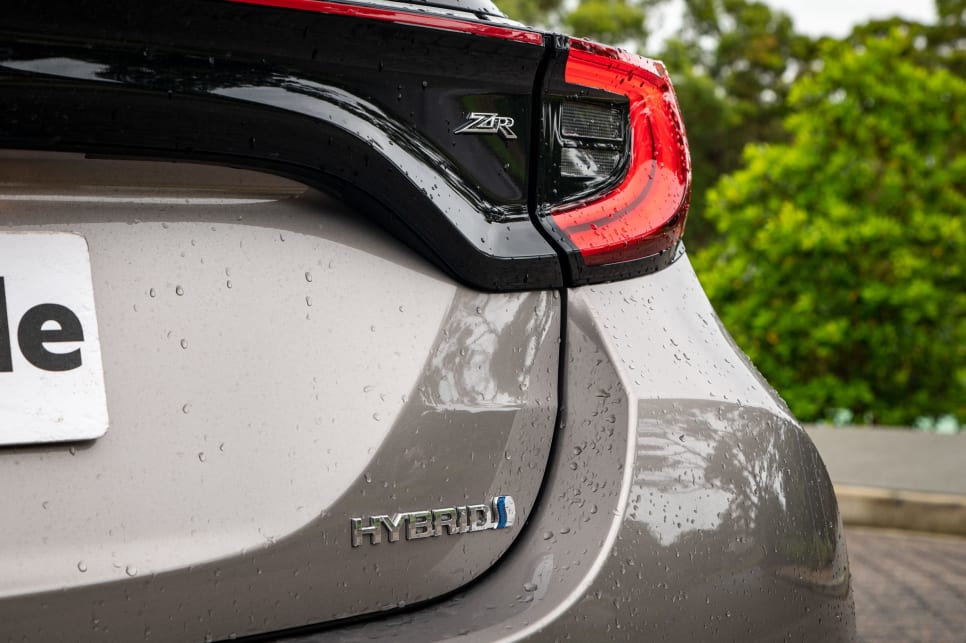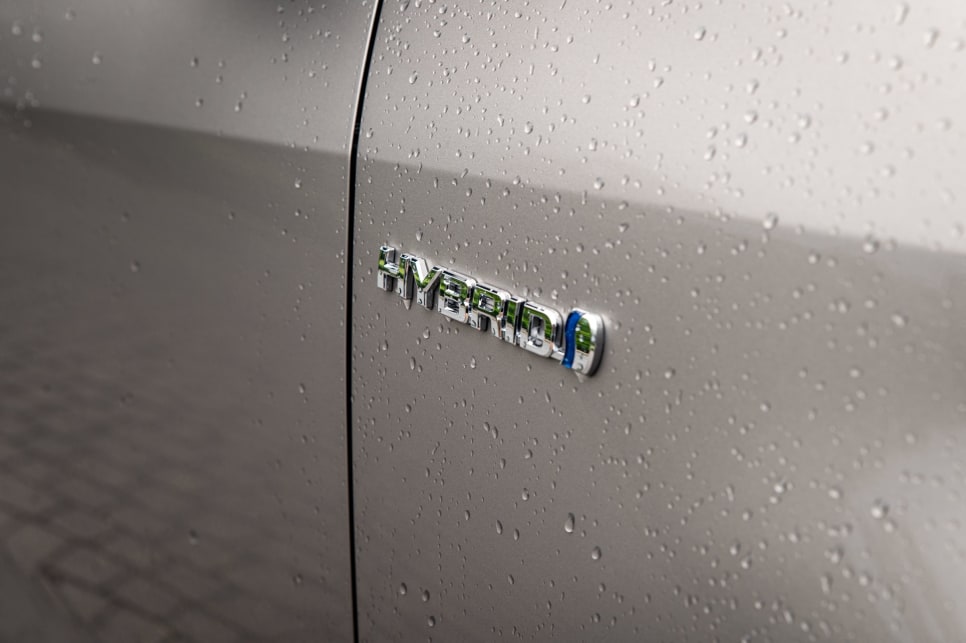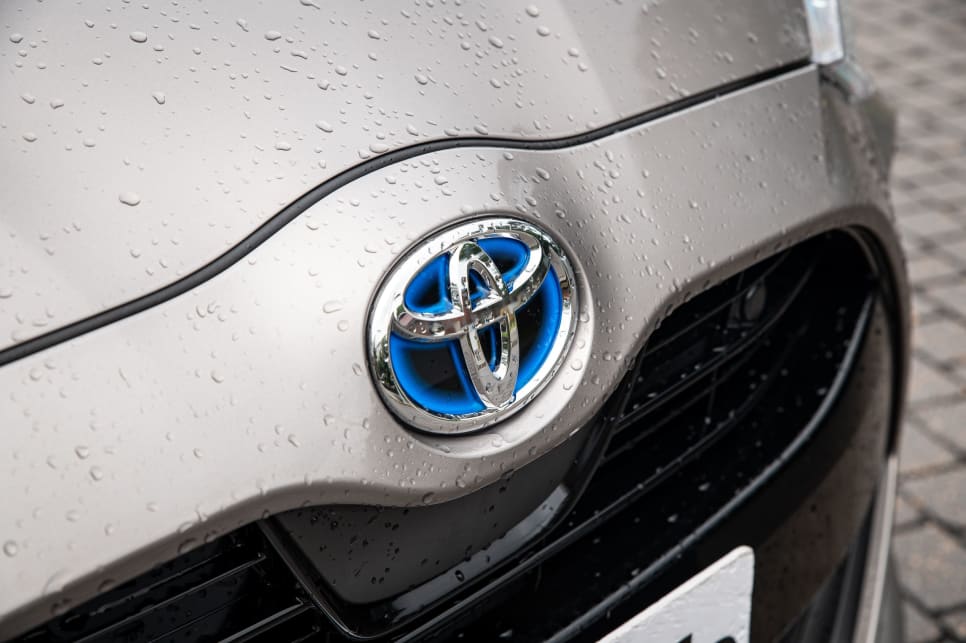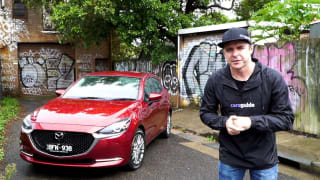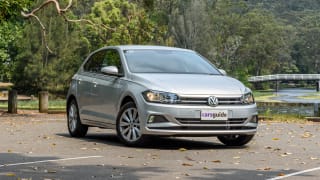The price is the most eyebrow raising element of the new Yaris range. The ZR hybrid we’re looking at here wears an MSRP of $32,200.
That’s not a typo, this new Yaris ZR (at least in hybrid form) is nearly $10,000 more than the previous top-spec ZR auto (which, at the time of its discontinuation, wore an MSRP of $22,670).
How can this possibly be? The Yaris is a huge step forward for the nameplate. It has been merged onto Toyota’s latest TNGA-B architecture, brings with it brand-new engines and a brand-new hybrid system, as well as unprecedented safety inclusions, which all add to its price compared to its comparatively rudimentary predecessor.
The problem is, at $32,200, it sits dangerously close to the larger and critically acclaimed Corolla ZR hybrid ($34,695) which I had the pleasure of testing as a long-termer (spoiler: it was good).
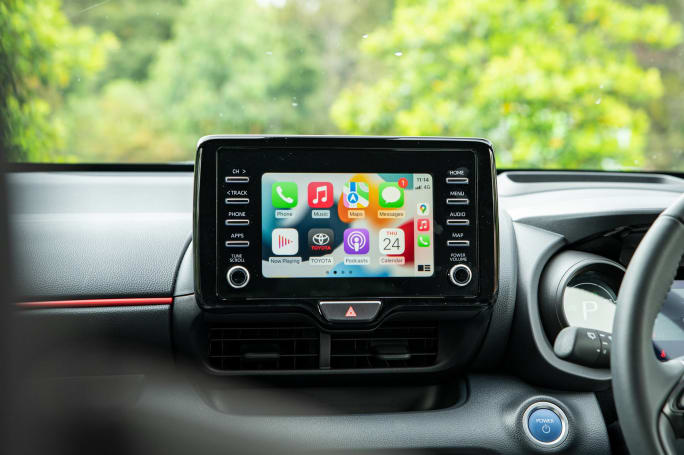
It seems, then, the only argument for the Yaris ZR hybrid, at least on the value front, is if you want all the features and convenience of the Corolla in an even more convenient-for-the-city package.
Standard equipment at the ZR level includes 16-inch alloy wheels, full LED headlights with LED tail-lights, a 7.0-inch multimedia touchscreen with wired Apple CarPlay and Android Auto connectivity, a digital instrument cluster with a 4.2-inch information display, single-zone climate control, keyless entry and push-start ignition, leather accented steering wheel, and improved soft-touch trims on the inside with a ZR-specific cloth seat upholstery.
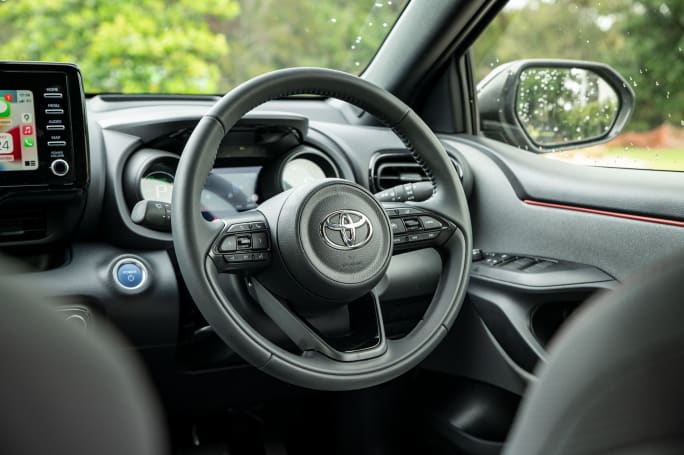
This all looks and feels very nice for a small car in this category. However, there are reminders of its small car limitations, in the form of a manual handbrake, hard plastic door cards, and lack of amenities for rear passengers.
Does the extra stuff in this car make it worth considering over a similarly-priced Corolla variant? I say no. You would have to be sold on the size and shape of the new Yaris to make it a worthwhile jump into something smaller with fewer creature comforts.



